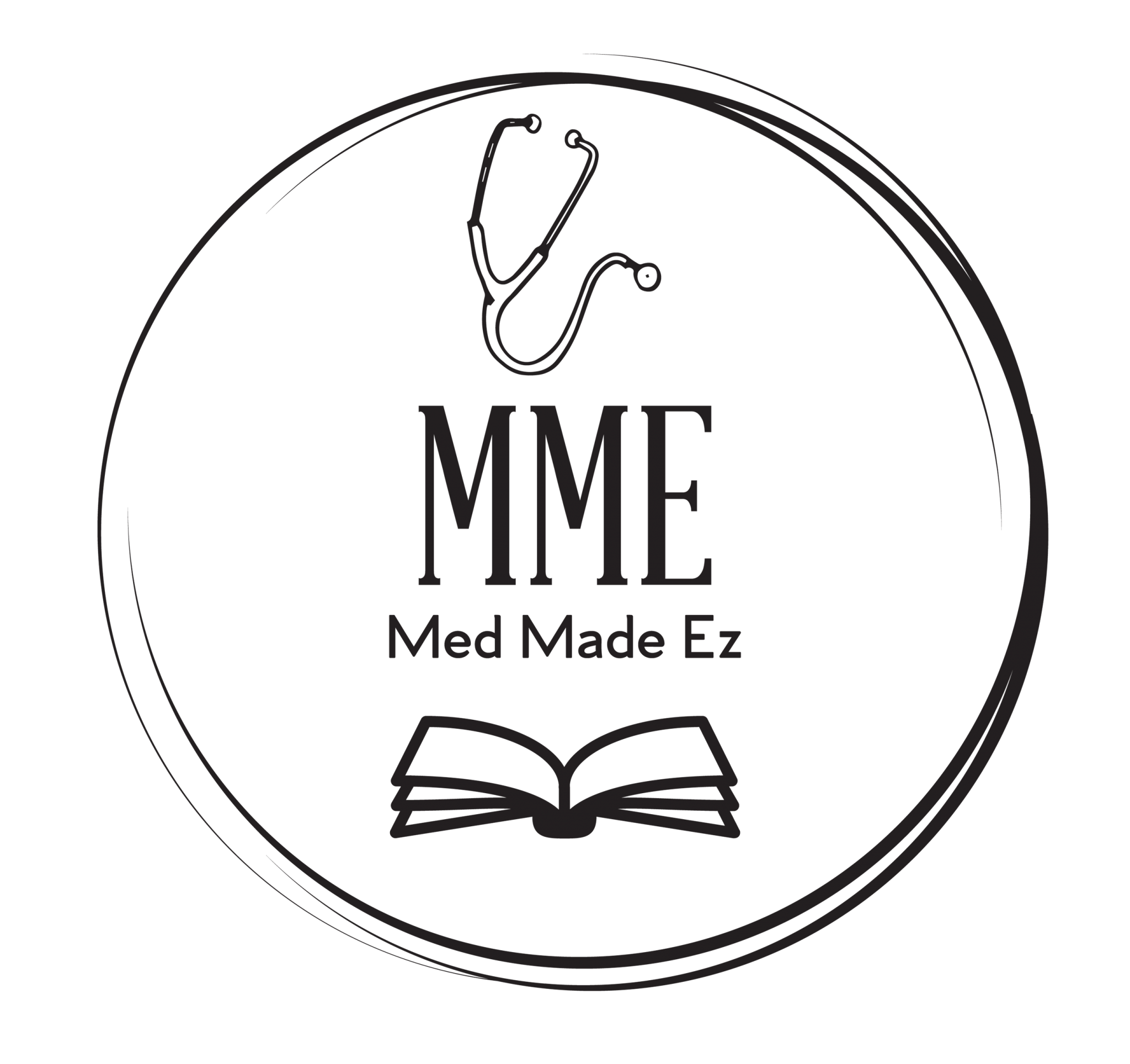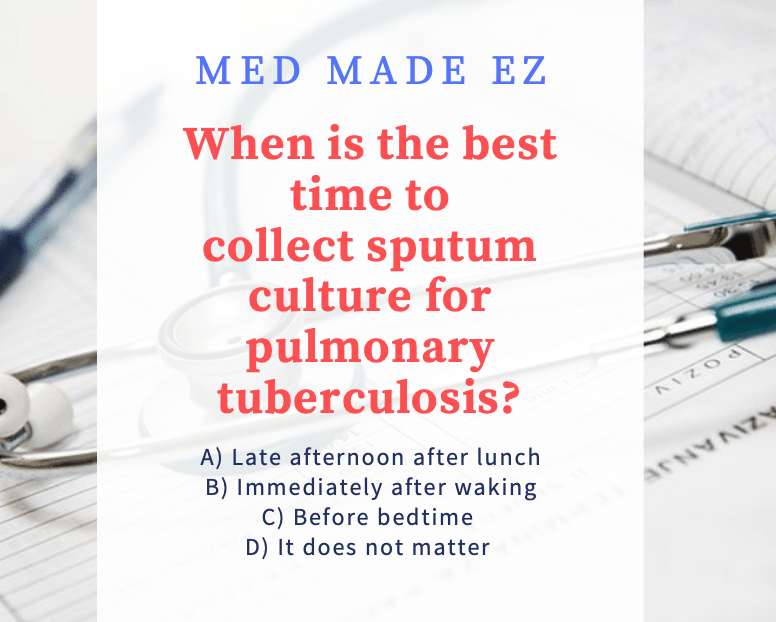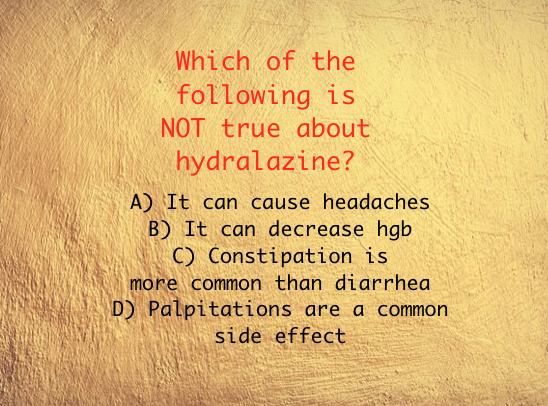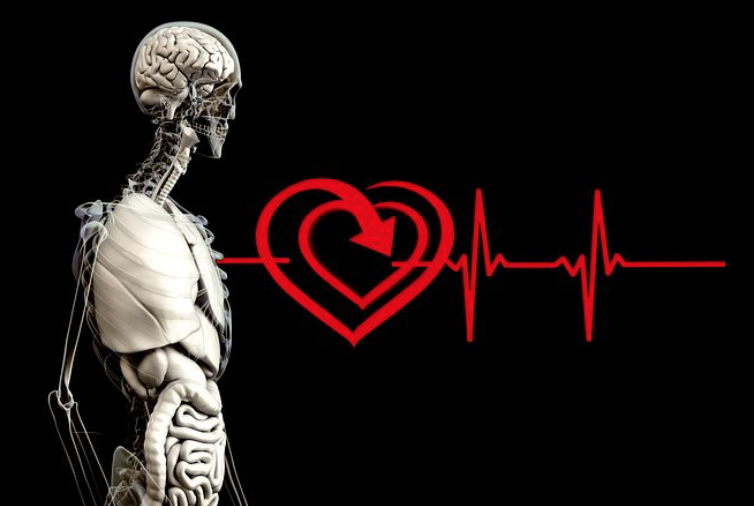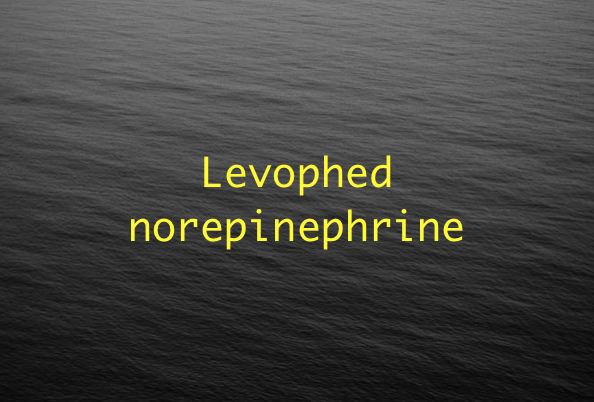Atherosclerosis: “Fatty Deposits that can clog arteries” AHA
Heart Bypass aka: CABG/Open-Heart Surgery: When arteries get clogged/narrow this = less blood flow to the heart. CABG is a surgery used when medications & other interventions aren’t working. During this surgery a vessel from another part of the body is used to “bypass” the blocker artery. This allows more blood to get to heart muscle HealthLine & AHA
CAD (Coronary Artery Disease) & CHD (Coronary Heart Disease): Often used interchangeably with CHD. CAD causes CHD. CAD is buildup of plaque in the coronary arteries. And it actually begins earlier than one would think. Then more that the plaque builds up the more narrowing which eventually decrease blood flow to heart. AHA
Cardiac Ablation: Procedure that helps correct arrhythmia. “works by scarring or destroying tissue in your heart that triggers or sustains an abnormal heart rhythm.” –Mayo Clinic Cardiac Ablations
Cardiac catheterization (heart cath): Checks the heart with a flexible tube. It can check blood flow through the heart and check for blocked arteries
Cardioversion: It is a “procedure that uses external electric shocks to restore a normal heart rhythm”. It is sometimes used for Atrial fibrillation. A machine give low energy shocks to restore the heart’s normal NIH
ECG or EKG: Gives information about the electricity in the heart. This can help diagnose myocardial infarctions (heart attacks), arrhythmia, and other such abnormalities.
Echocardiogram:This is a cardiac ultrasound. It gives the function of the heart (ejection fraction normal 55-60%). It tells about the heart wall & valves. It can tell if there is any regurgitation. It can help diagnose many different conditions including heart failure, valve heart disease. Note that there are different types of echos (TEE, Stress echocardiogram, dobutamine stress echocardiogram,etc)
Percutaneous Coronary Intervention: AKA: PCI, angioplasty: Opens blocked arteries in the heart
Stents: Placed during PCI for blocked arteries. Helps to restore blood flow to heart muscle. Patient will usually be on anticoagulant for specific period of time.
Stress test: test that allows for information regarding how heart responds (and ability) to external stressors
TEE: Is a type of cardiac echo that bypasses the lungs & chest therefore giving a clearer image of the heart. A special tube is inserted into the throat & down the esophagus.WebMd
Transcutaneous Pacing (TCP): This is for symptomatic bradycardia patients especially when atropine does not help. It delivers pacing impulses. Patients are usually sedated as this can be painful. Often this is used until a transvenous pacemaker can be placed. Click here to see a video on TCP
REFERENCES
